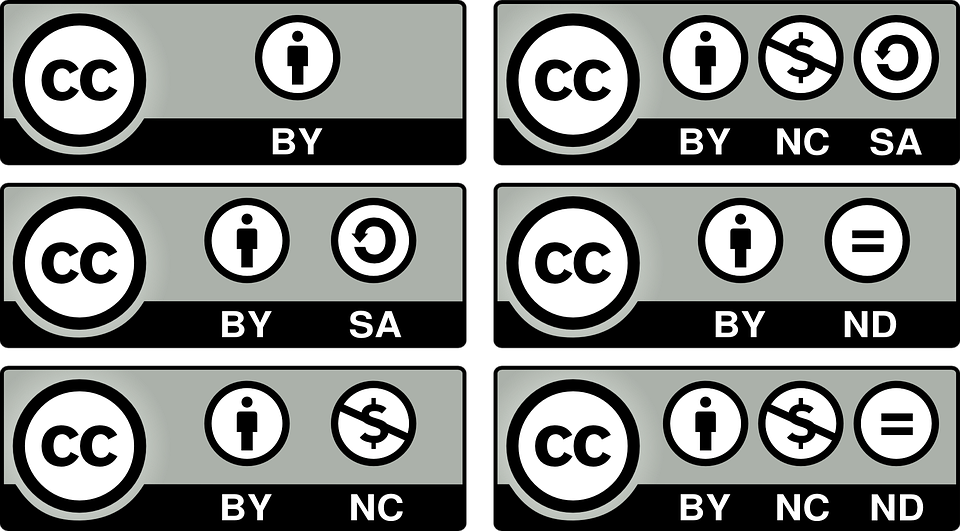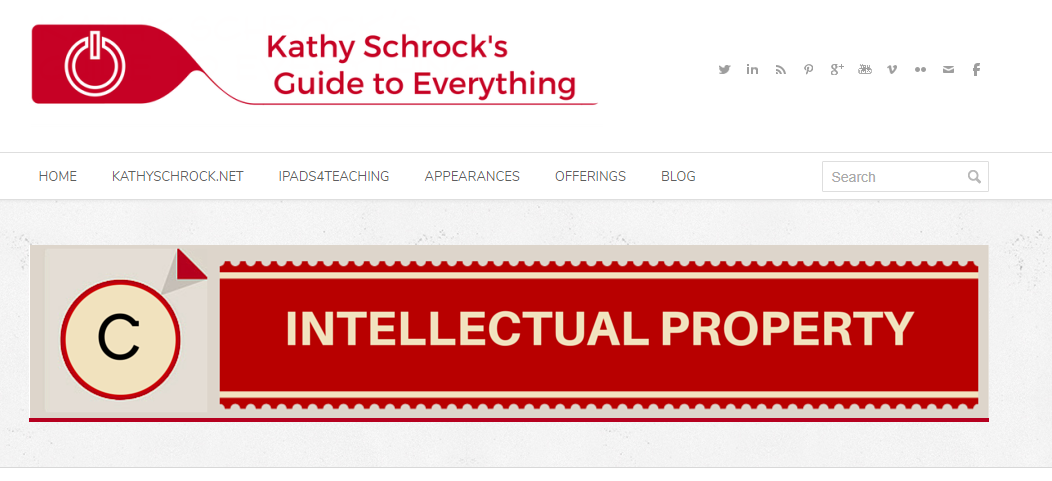Copyright and You!As soon as a work is created, the creator owns the copyright to that work. This page will provide general information about copyright in educational settings and some tools to find images, information, etc. that can be used in classes and for educational purposes. More resources are available on this Wakelet collection.
|
|
|
Further Information
Copyright Friendly Image Sites
|
Copyright Friendly Video & Music SitesMusic Sites
|


